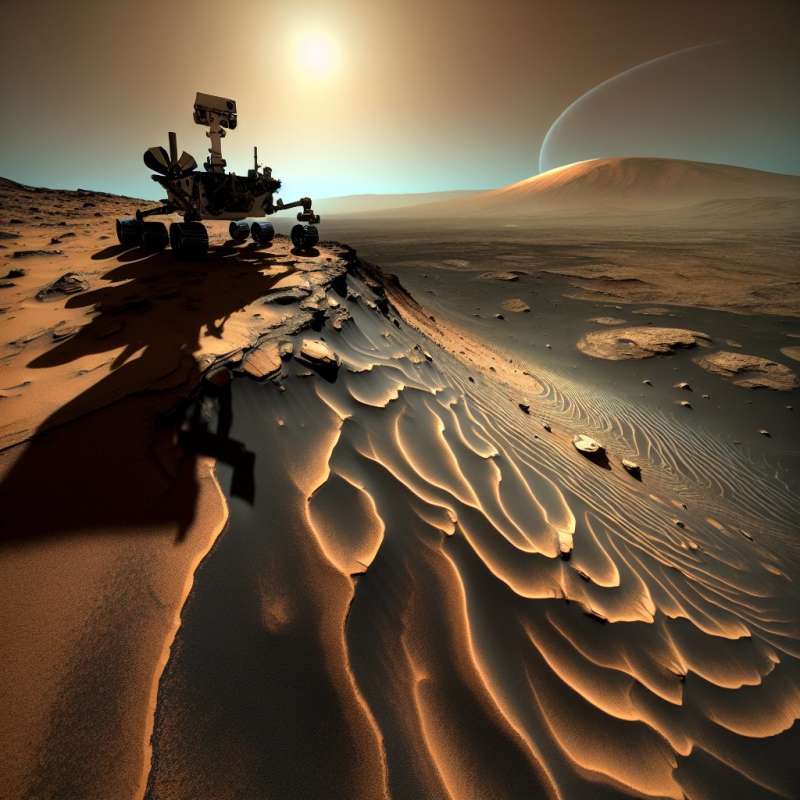
Mysterious Martian Streaks
Recurring Slope Lineae (RSL) are seasonal dark streaks on Mars, first observed in 2011. They appear to flow downhill, resembling water paths, but their true nature is more enigmatic.
Seasonal Appearance Patterns
RSLs form and grow during the warmest Martian months. Their cyclical nature suggests a relationship with temperature, making Martian summers a key period for their study.
Water on Mars?
Initially, RSL were thought to be evidence of salty liquid water flows, spurred by their resemblance to wet streaks on Earth. However, ongoing research challenges this assumption.
Alternative Explanations
Other theories suggest dry mechanisms like dust avalanches or sand flows. Mars' thin atmosphere makes stable liquid water on the surface unlikely, complicating the water hypothesis.
Significance for Life
The presence of liquid water could imply habitable conditions for microbial life. Thus, understanding RSLs could be crucial for astrobiology and future Mars missions.
Remote Sensing Techniques
High-resolution imaging from orbiters like MRO has been vital. Yet, RSLs' small size and the need for in-situ analysis present significant observational challenges.
Future Mars Exploration
Rovers and landers may eventually provide direct RSL data. Their analysis could redefine our understanding of Martian geology and the planet's potential for life.
What are Martian RSL?
Martian dust storms
Seasonal dark streaks
Martian rock formations
Company